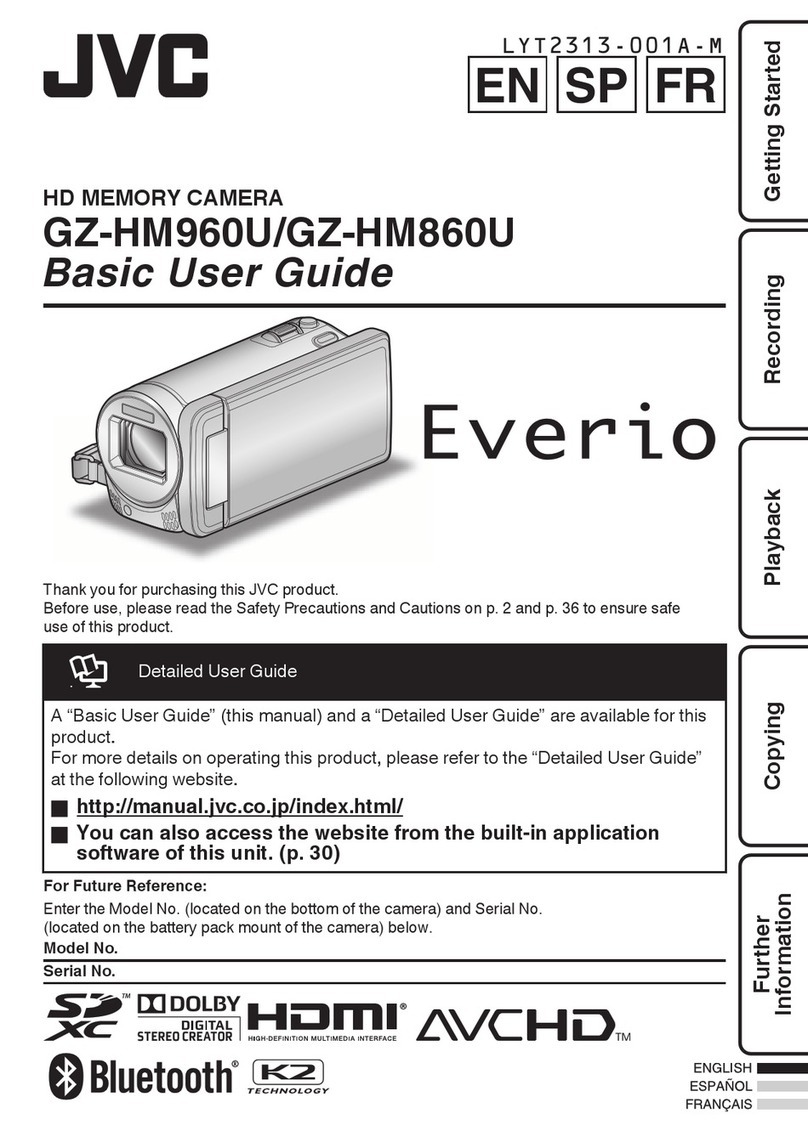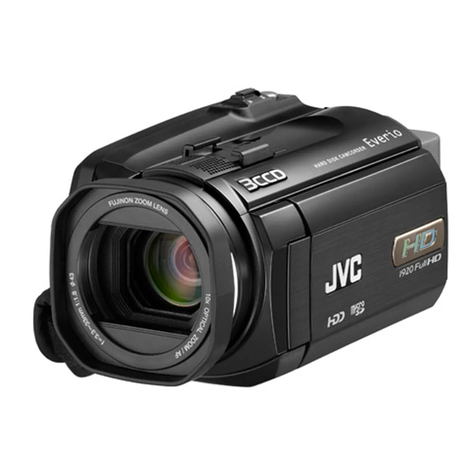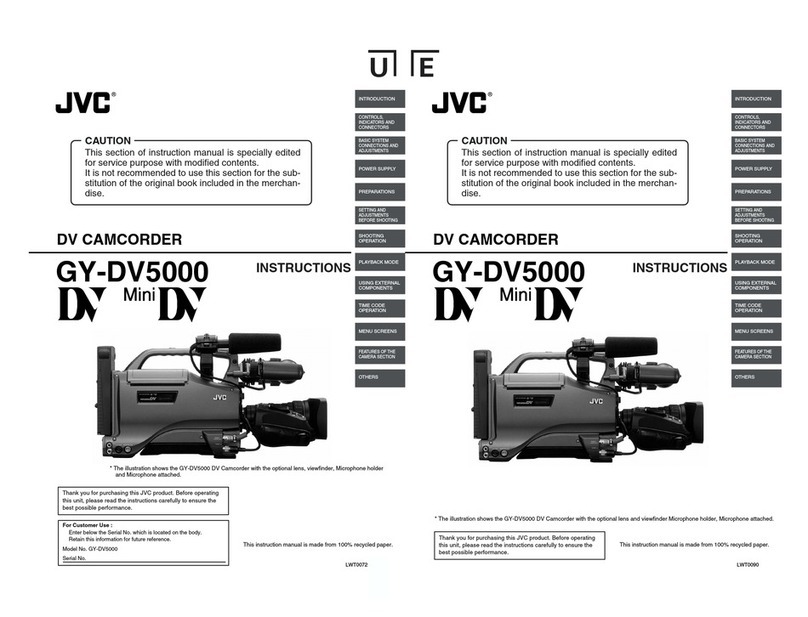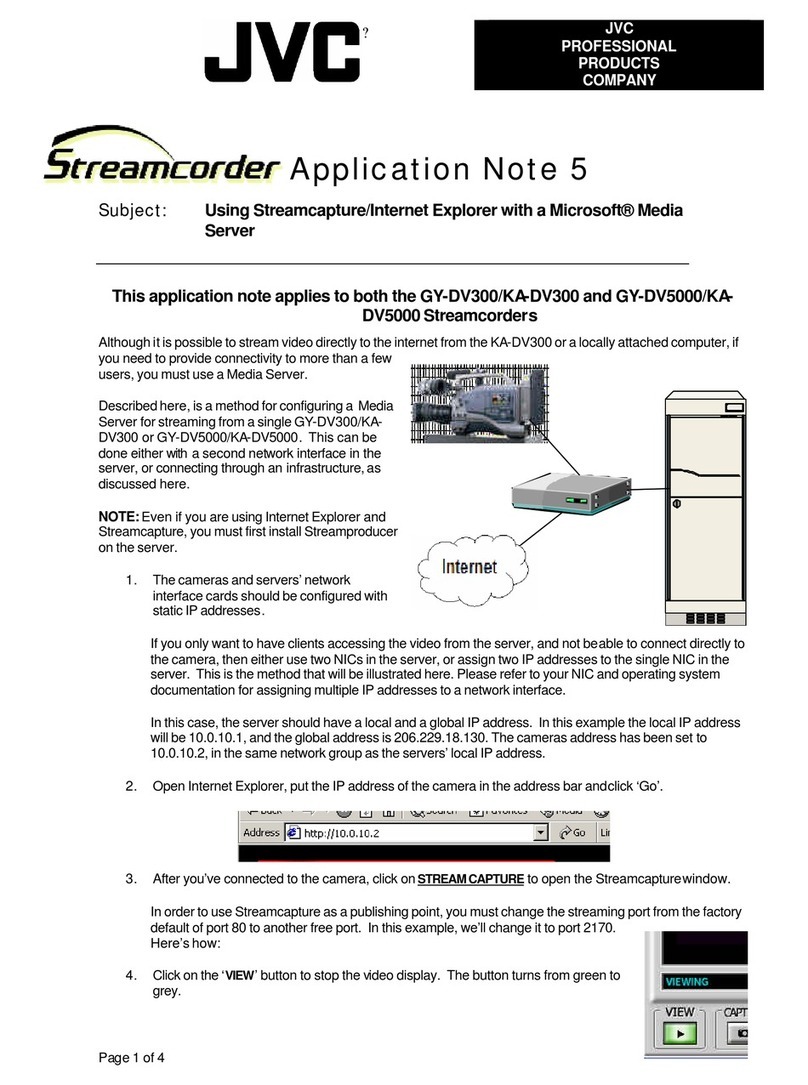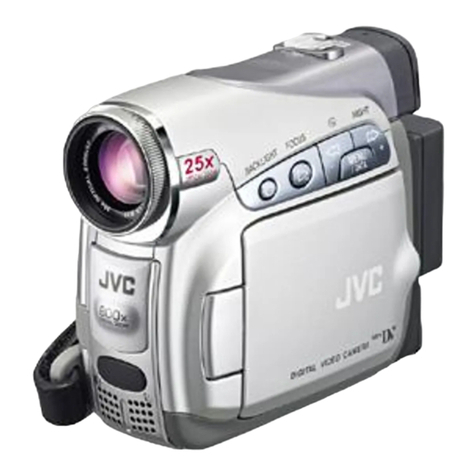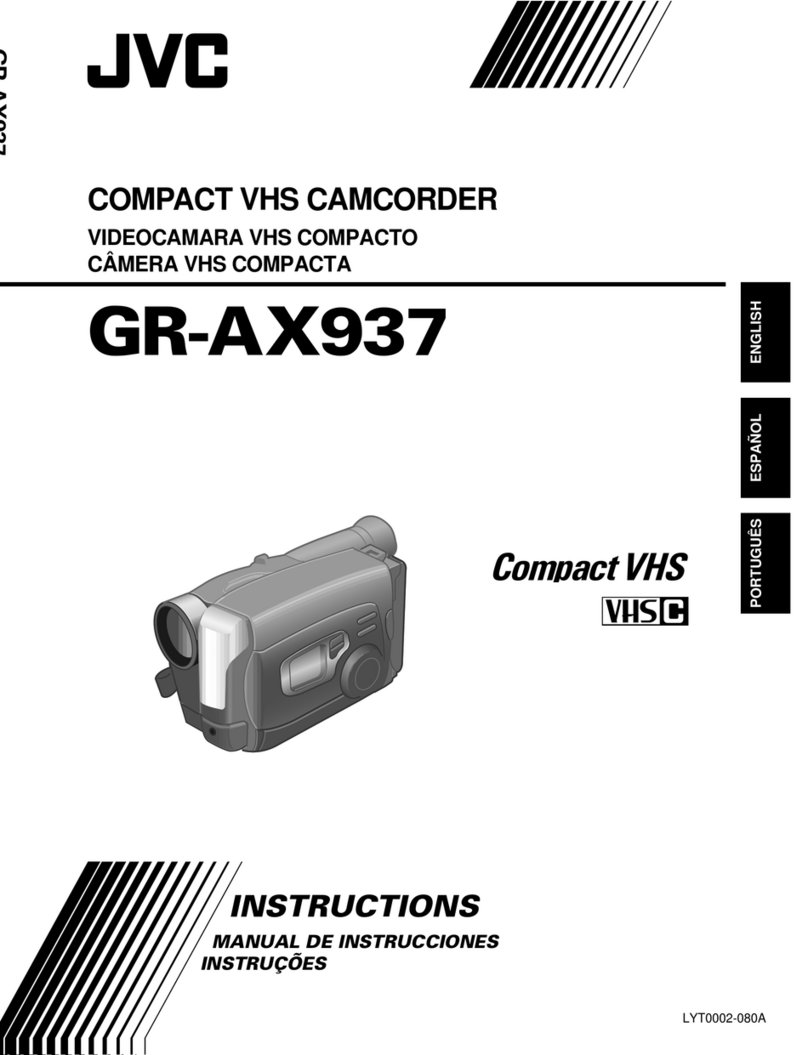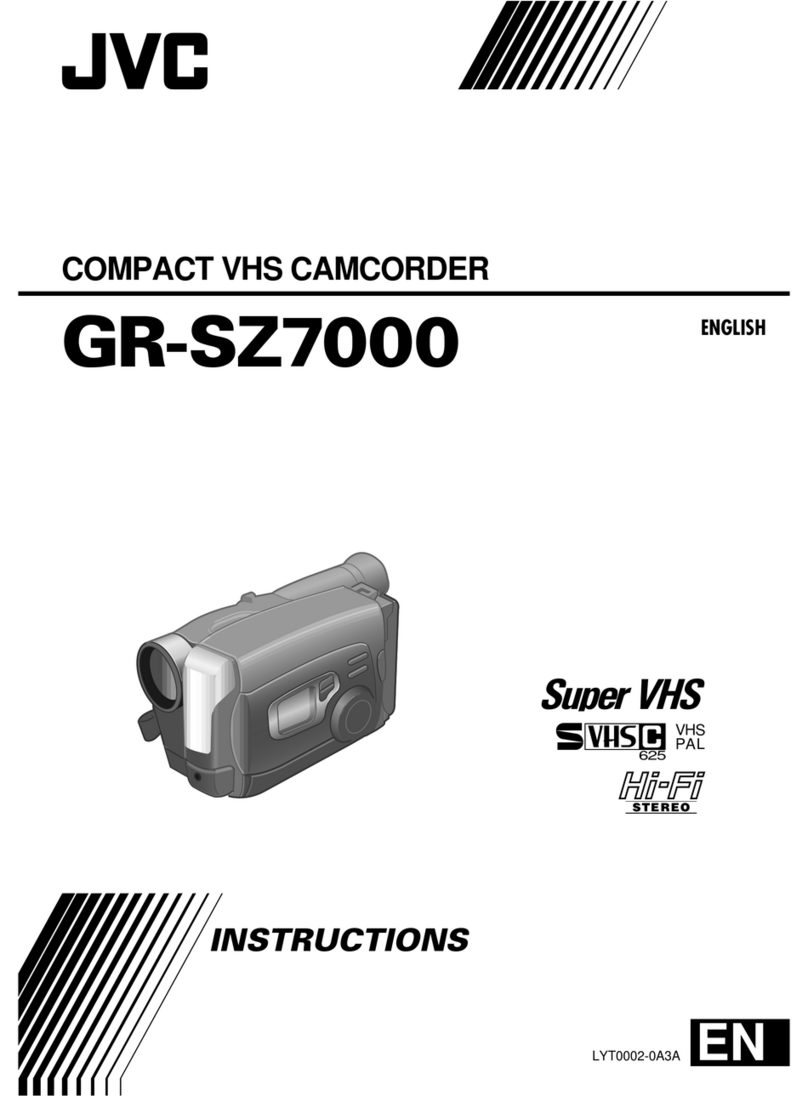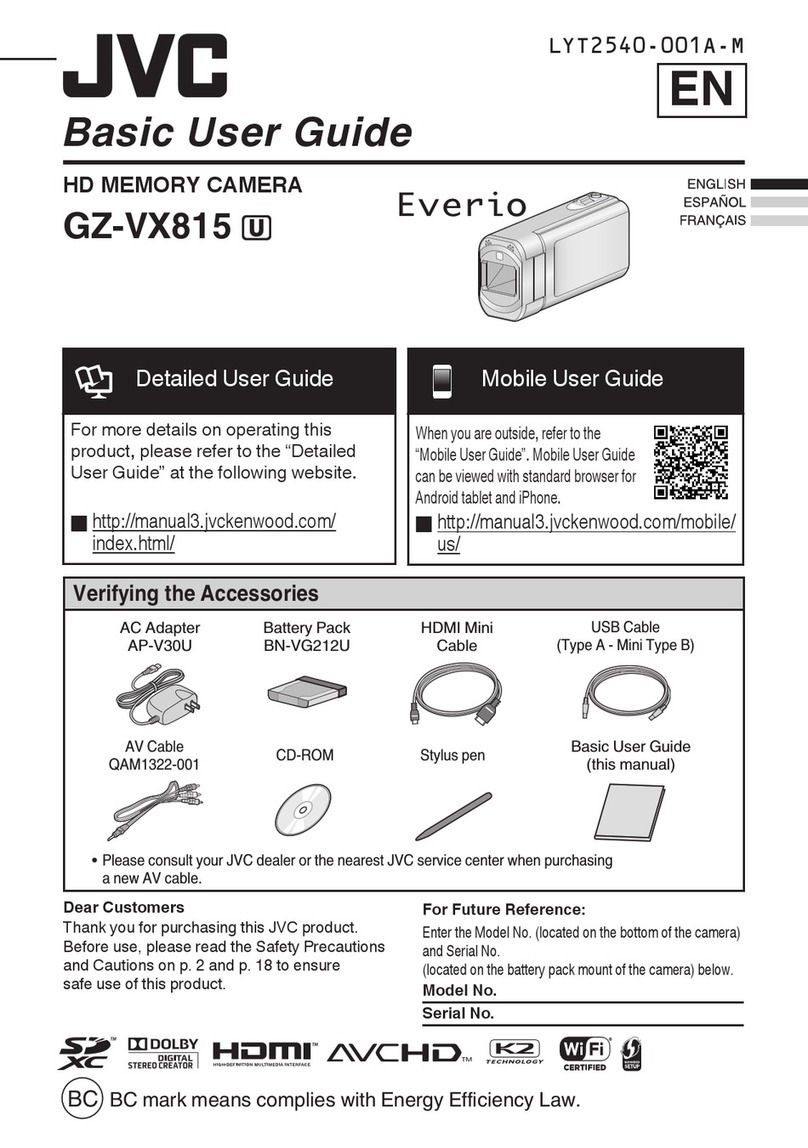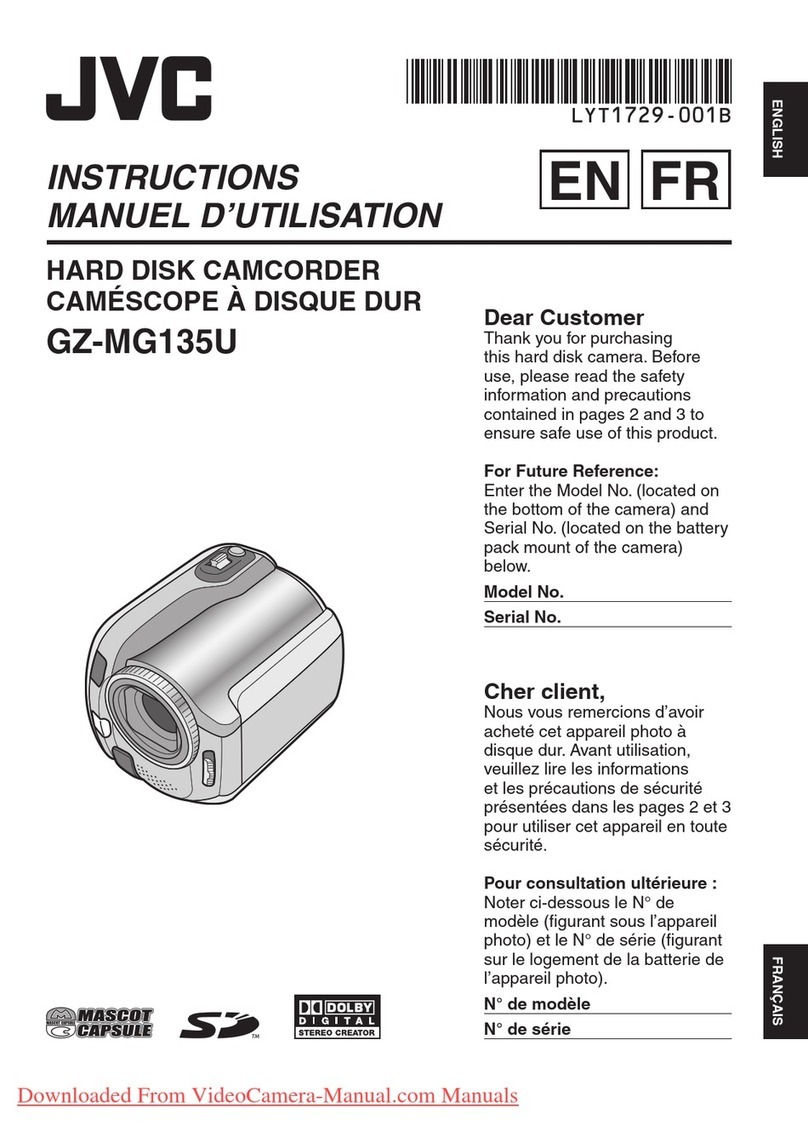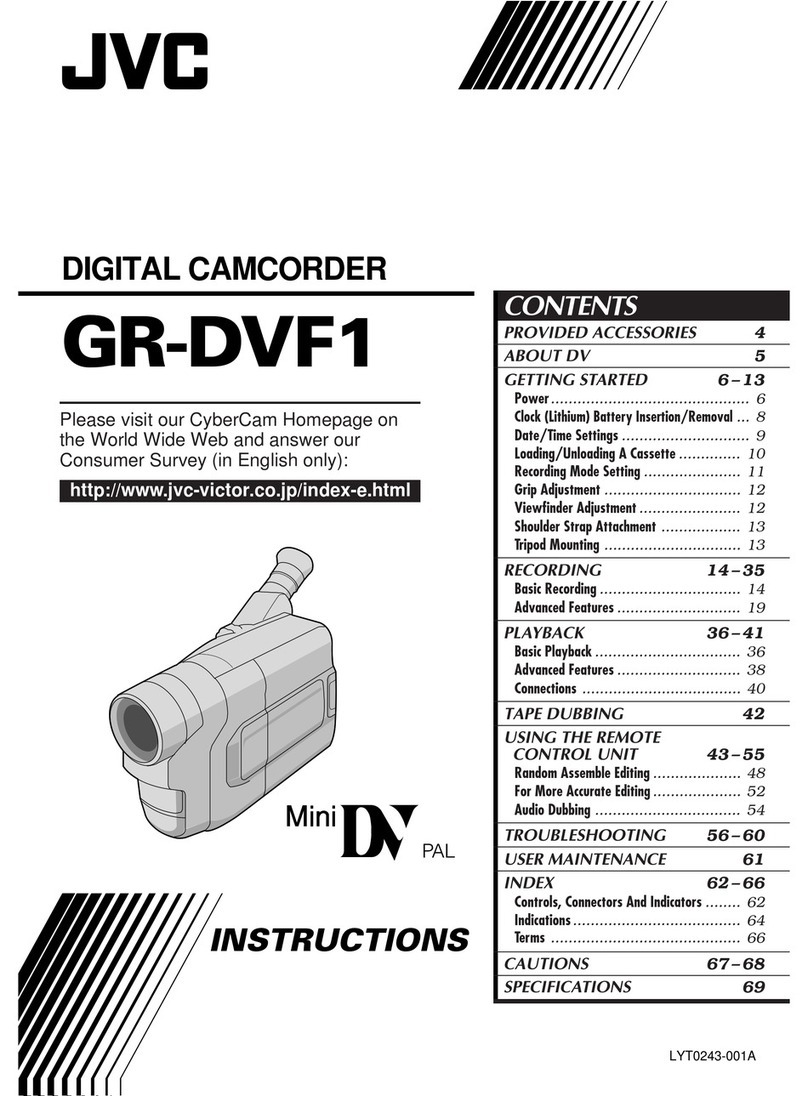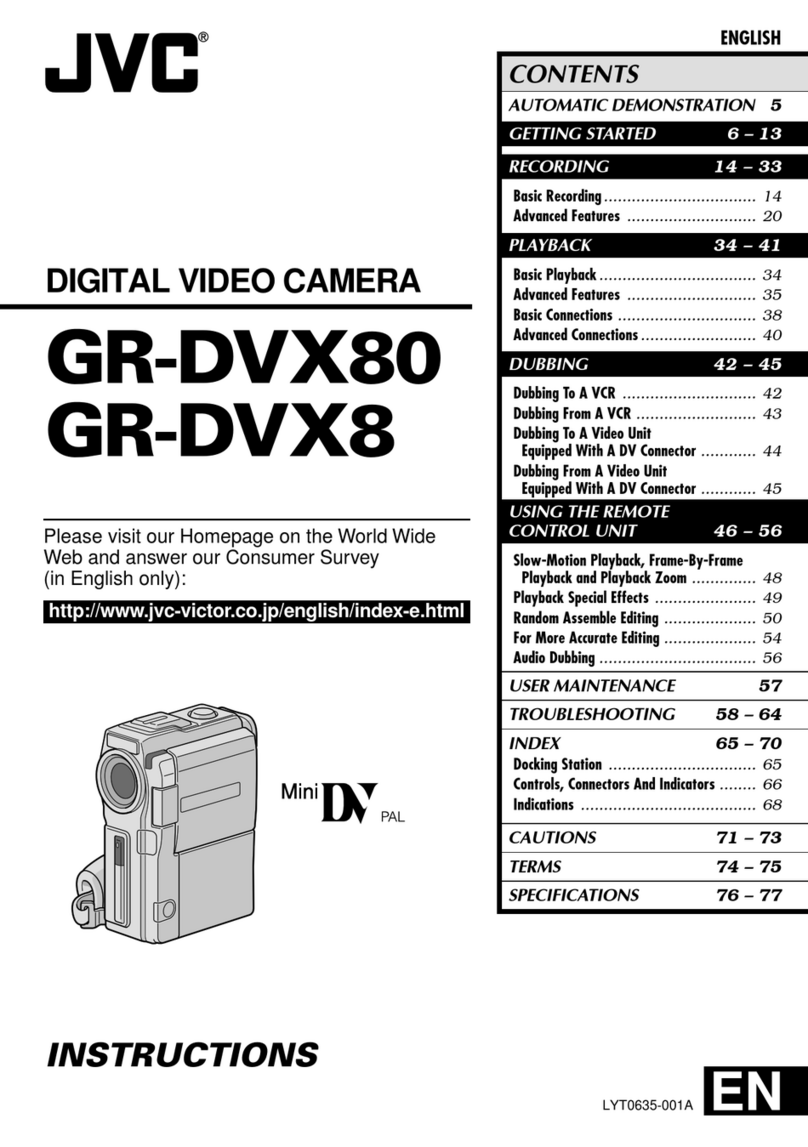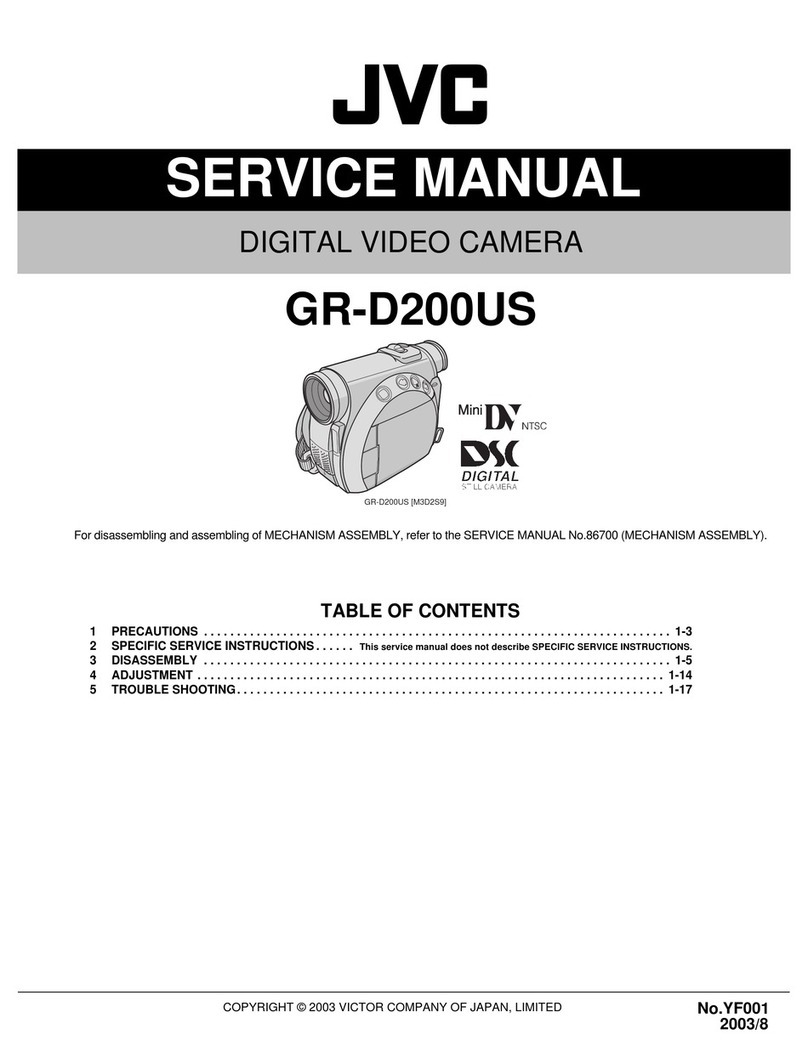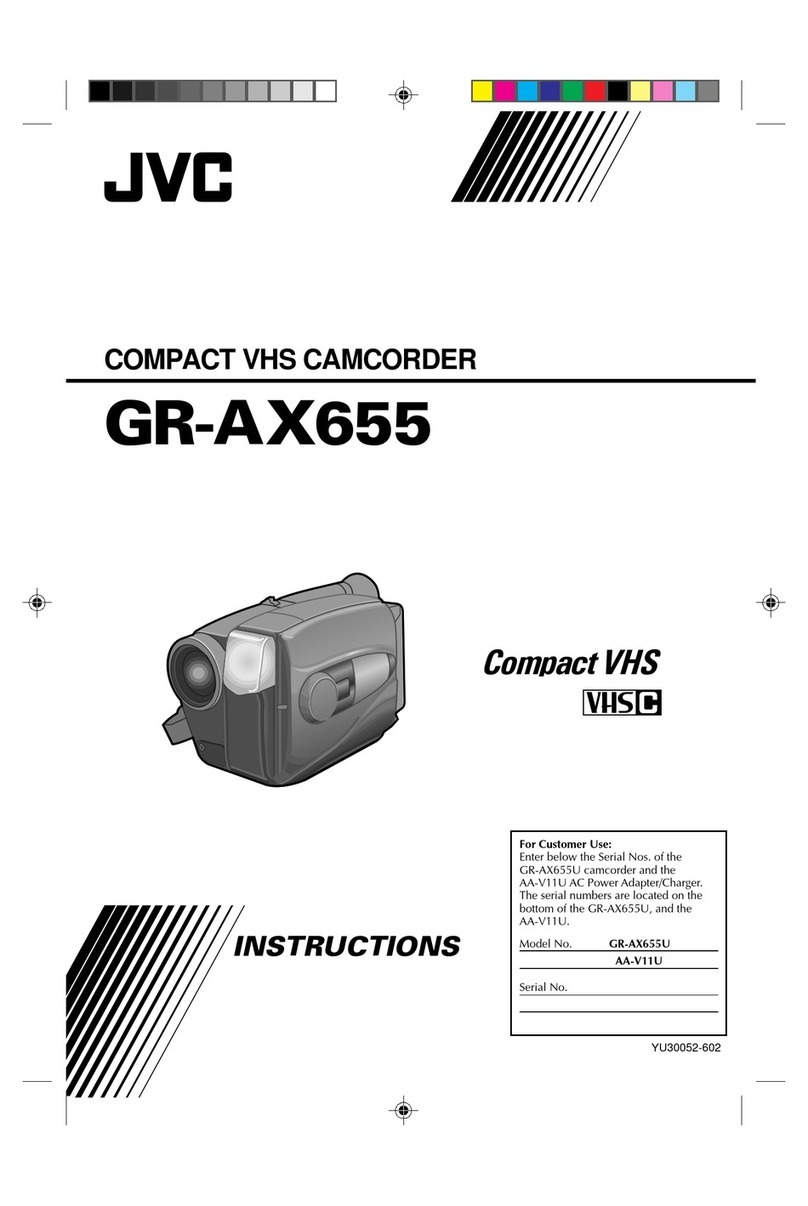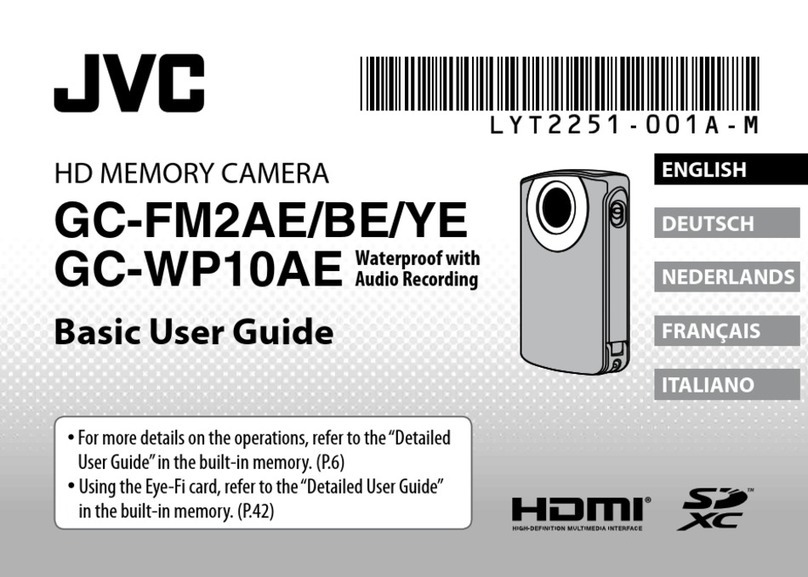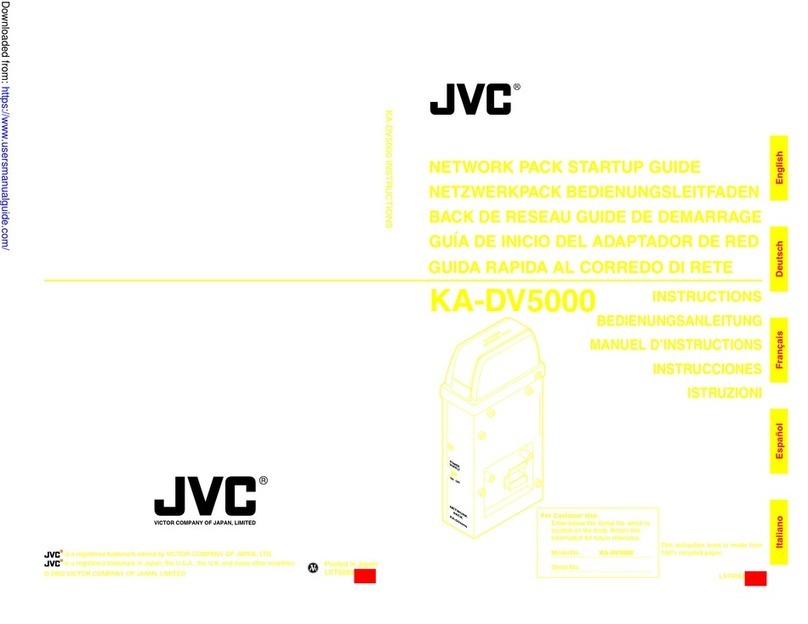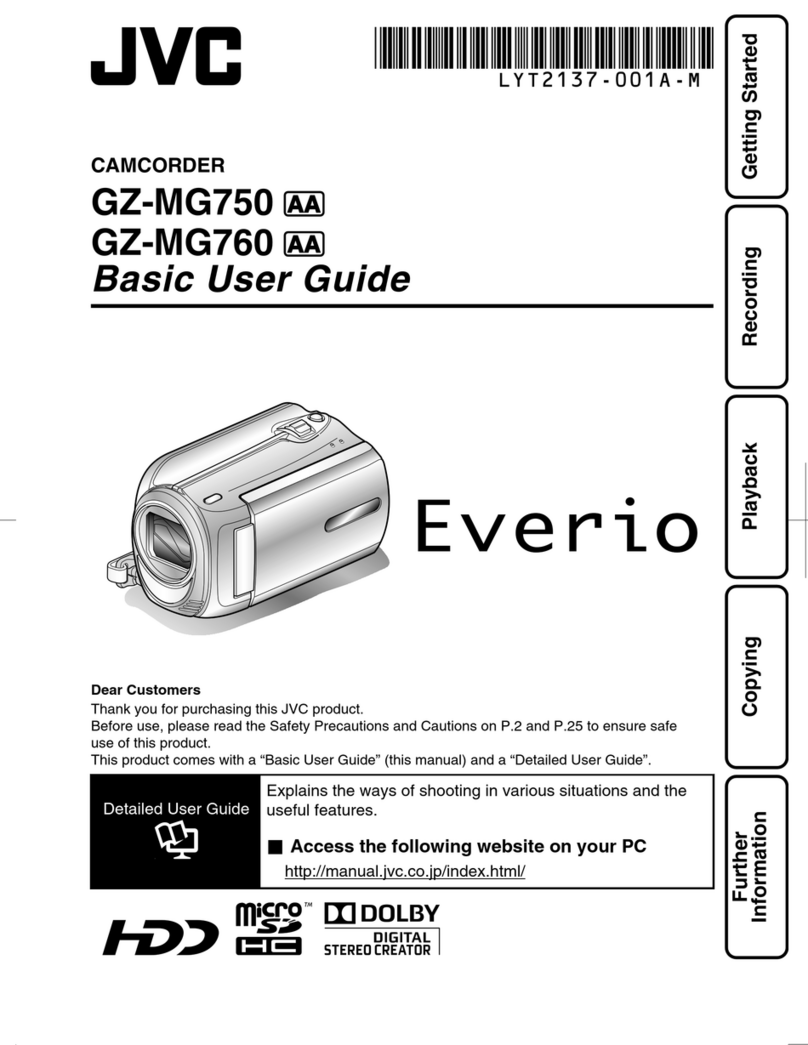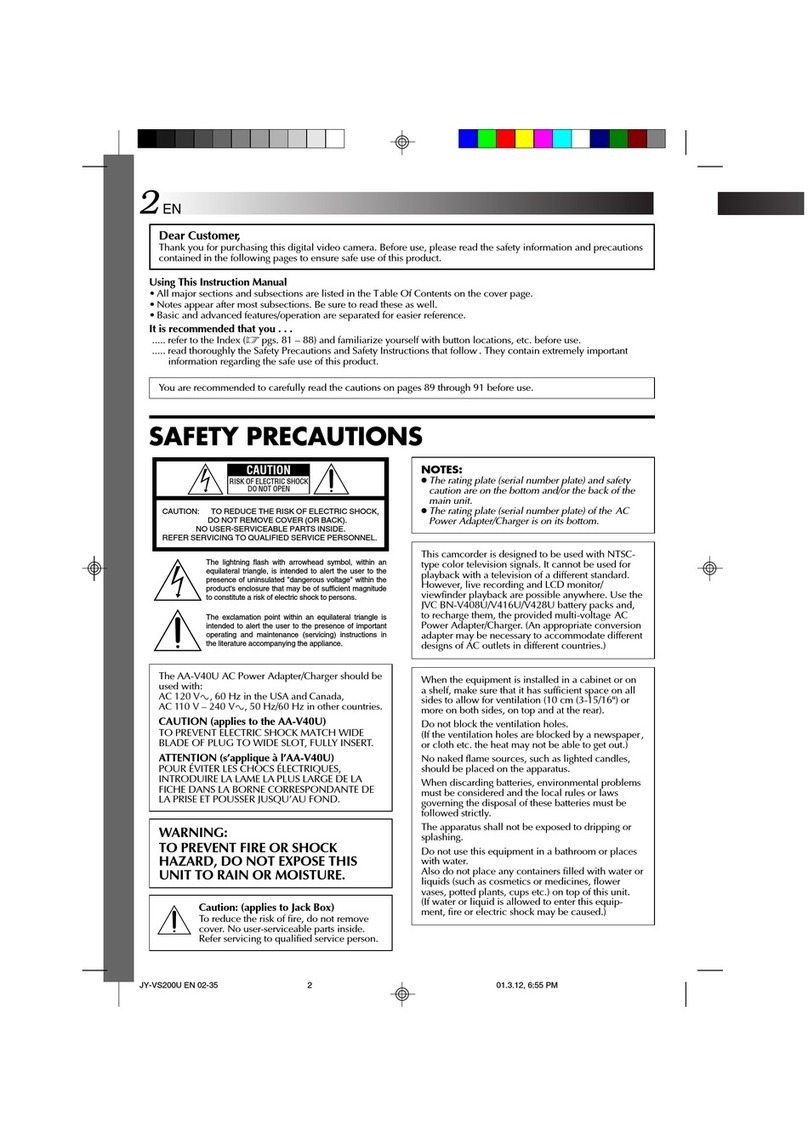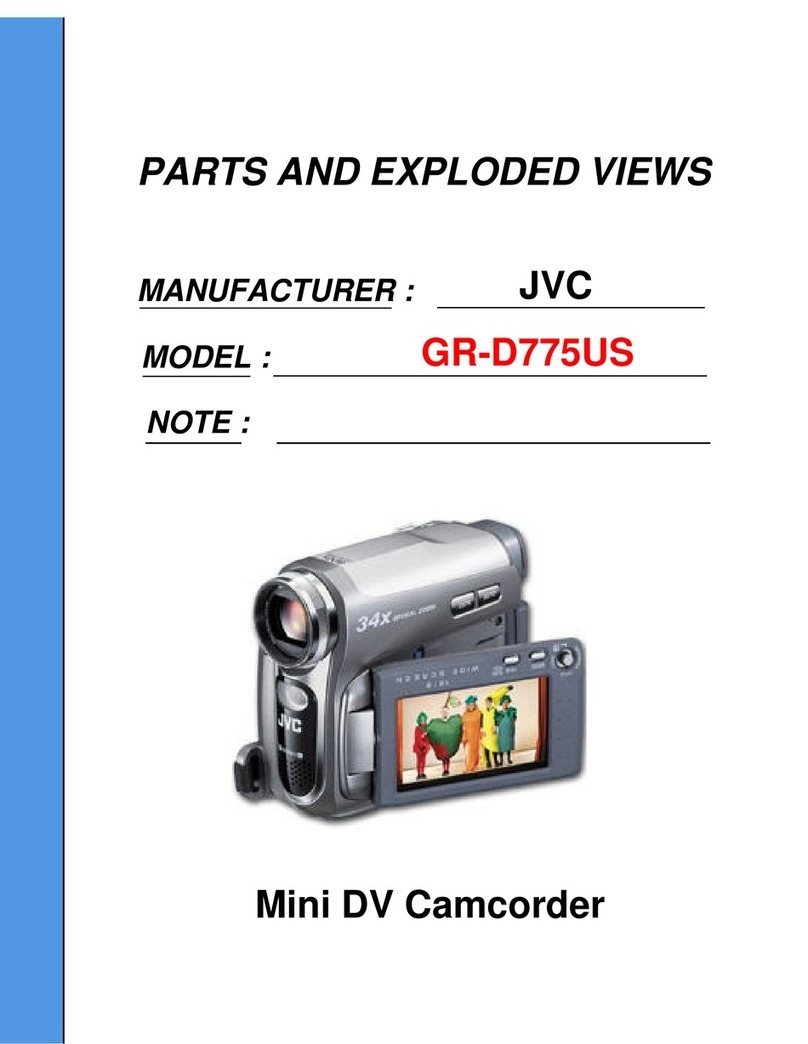
Important Safety Precautions
INSTRUCTIONS
1. DISASSEMBLY
1.1 BEFORE ASSEMBLY AND DISASSEMBLY ................................ 1-1
1.1.1 Precautions ........................................................................... 1-1
1.1.2 Assembly and disassembly .................................................. 1-1
1.1.3 Destination of connectors ..................................................... 1-1
1.1.4 Disconnection of Connectors (Wires) ................................... 1-1
1.2 JIGS AND TOOLS REQUIRED FOR DISASSEMBLY,
ASSEMBLY AND ADJUSTMENT ................................................. 1-2
1.2.1 Tools required for adjustments .............................................. 1-2
1.3 DISASSEMBLY/ASSEMBLY OF CABINET PARTS AND BOARD
ASSEMBLY .................................................................................. 1-2
1.3.1 Disassembly flow chart ......................................................... 1-2
1.3.2 Disassembly method ............................................................ 1-3
1.4 DISASSEMBLY OF 5MONITOR ASSEMBLY ............................. 1-8
1.4.1 5Monitor assembly/Hinge assembly ................................... 1-8
1.4.2 Hinge assembly .................................................................... 1-8
1.5 DISASSEMBLY OF 7OP BLOCK ASSEMBLY/CCD BOARD
ASSEMBLY .................................................................................. 1-9
1.5.1 Precautions ........................................................................... 1-9
1.5.2
How to remove OP block assembly and CCD board assembly
1-9
1.5.3 How to install OP block assembly and CCD board assembly 1-9
1.5.4 Replacement of service parts ............................................... 1-9
1.6 DISASSEMBLY OF 9E VF ASSEMBLY .................................... 1-10
1.6.1 9E VF assembly ................................................................ 1-10
1.7 EMERGENCY DISPLAY ............................................................ 1-11
1.8 SERVICE NOTE ......................................................................... 1-12
2. MECHANISM ADJUSTMENT
2.1 PRELIMINARY REMARKS ON ADJUSTMENT AND REPAIR .... 2-1
2.1.1 Precautions ........................................................................... 2-1
2.1.2 Notes on procedure for disassemby/assembly ..................... 2-1
2.2 JIGS AND TOOLS REQUIRED FOR DISASSEMBLY, ASSEMBLY
AND ADJUSTMENT .................................................................... 2-2
2.2.1 Tools required for adjustments .............................................. 2-2
2.3 DISASSEMBLY/ASSEMBLY OF MECHANISM ASSEMBLY ........ 2-3
2.3.1 General statement ................................................................ 2-3
2.3.2 Explanation of mechanism mode .......................................... 2-3
2.3.3 Mechanism timing chart ........................................................ 2-4
2.4 DISASSEMBLY/ASSEMBLY OF MECHANISM ASSEMBLY ........ 2-5
2.4.1 Follow chart .......................................................................... 2-5
2.4.2 Disassembly/assembly ......................................................... 2-8
2.4.3 List of procedures for disassembly ..................................... 2-14
2.5 CHECKUP AND ADJUSTMENT OF MECHANISM PHASE ...... 2-15
2.6 MECHANISM ADJUSTMENTS .................................................. 2-16
2.6.1 Assembling slide deck assembly and main deck assembly 2-16
2.6.2 Locating tension pole .......................................................... 2-17
2.7 SERVICE NOTE ......................................................................... 2-18
2.8 JIG CONNECTOR CABLE CONNECTION ................................ 2-20
3. ELECTRICAL ADJUSTMENT
3.1 PRECAUTION .............................................................................. 3-1
3.2 SETUP ......................................................................................... 3-2
4. CHARTS AND DIAGRAMS
NOTES OF SCHEMATIC DIAGRAM ................................................. 4-1
CIRCUIT BOARD NOTES .................................................................. 4-2
4.1 BOARD INTERCONNECTIONS [GR-DVM55U] .......................... 4-3
4.2 BOARD INTERCONNECTIONS [GR-DVM75U] .......................... 4-5
TABLE OF CONTENTS
Section Title Page Section Title Page
4.3
SYSCON SCHEMATIC DIAGRAM
[GR-DVM55U] ..........................
4-7
4.4
SYSCON SCHEMATIC DIAGRAM
[GR-DVM75U] ..........................
4-9
4.5 PC IF SCHEMATIC DIAGRAM
[GR-DVM55U] .............................
4-11
4.6 PC IF SCHEMATIC DIAGRAM
[GR-DVM75U] .............................
4-13
4.7 DVMAIN SCHEMATIC DIAGRAM
[GR-DVM55U] .........................
4-15
4.8 DVMAIN SCHEMATIC DIAGRAM
[GR-DVM75U] .........................
4-17
4.9 SERVO SCHEMATIC DIAGRAM ...................................................... 4-19
4.10 PRE/REC SCHEMATIC DIAGRAM ............................................... 4-21
4.11 V OUT SCHEMATIC DIAGRAM
[GR-DVM55U] ........................
4-23
4.12 V OUT SCHEMATIC DIAGRAM
[GR-DVM75U] ........................
4-25
4.13 CAM DSP SCHEMATIC DIAGRAM
[GR-DVM55U] ...................
4-27
4.14 CAM DSP SCHEMATIC DIAGRAM
[GR-DVM75U] ...................
4-29
4.15 ANA IN SCHEMATIC DIAGRAM [GR-DVM75U] ........................... 4-31
4.16 TG/V.DRV SCHEMATIC DIAGRAM .............................................. 4-33
4.17 REG SCHEMATIC DIAGRAM ....................................................... 4-35
4.18 STO SENS SCHEMATIC DIAGRAM [GR-DVM75U] .................... 4-37
4.19 VF MAIN SCHEMATIC DIAGRAM ................................................ 4-39
4.20 DSC SCHEMATIC DIAGRAM [GR-DVM75U] ............................... 4-41
4.21 USB DRV SCHEMATIC DIAGRAM [GR-DVM75U] ....................... 4-43
4.22 MP3 SCHEMATIC DIAGRAM [GR-DVM75U] ............................... 4-45
4.23 W/B SCHEMATIC DIAGRAM ........................................................ 4-47
4.24 CCD SCHEMATIC DIAGRAM ....................................................... 4-48
4.25 MDA SCHEMATIC DIAGRAM ....................................................... 4-49
4.26 IR TALLY SCHEMATIC DIAGRAM ............................................... 4-51
4.27 OP DRIVER SCHEMATIC DIAGRAM ........................................... 4-53
4.28 MONITOR SCHEMATIC DIAGRAM .............................................. 4-55
4.29 JUNCTION SCHEMATIC DIAGRAM ............................................. 4-57
4.30 STROBE SCHEMATIC DIAGRAM [GR-DVM75U] ........................ 4-59
4.31 AUDIO AD/DA SCHEMATIC DIAGRAM ....................................... 4-61
4.32 MAIN AUDIO SCHEMATIC DIAGRAM ......................................... 4-63
4.33 A/HP SEL. SCHEMATIC DIAGRAM .............................................. 4-65
4.34 JACK SCHEMATIC DIAGRAM ...................................................... 4-67
4.35 WB SENS, CAMERA OPE. UNIT, DECK OPE. ASSY AND
SUB OPE. UNIT SCHEMATIC DIAGRAMS .................................. 4-69
4.36 MAIN CIRCUIT BOARD [GR-DVM55U] ........................................ 4-71
4.37 MAIN CIRCUIT BOARD [GR-DVM75U] ........................................ 4-77
4.38 MDA CIRCUIT BOARD .................................................................. 4-83
4.39 CCD AND JUNCTION CIRCUIT BOARDS ................................... 4-85
4.40 MONITOR CIRCUIT BOARD ......................................................... 4-87
4.41 AUDIO CIRCUIT BOARD .............................................................. 4-89
4.42 STROBE, W/B AND JACK CIRCUIT BOARDS ............................ 4-91
4.43 VOLTAGE CHARTS ...................................................................... 4-93
4.44 POWER SYSTEM BLOCK DIAGRAM .......................................... 4-97
4.45 VIDEO SYSTEM BLOCK DIAGRAM ............................................. 4-99
5. PARTS LIST
5.1 PACKING AND ACCESSORY ASSEMBLY <M1> ....................... 5-1
5.2 FINAL ASSEMBLY <M2> ............................................................ 5-3
5.3 MECHANISM ASSEMBLY <M3> ................................................ 5-6
5.4 ELECTRONIC VIEWFINDER ASSEMBLY <M4> ........................ 5-8
5.5 MONITOR ASSEMBLY <M5> ..................................................... 5-9
5.6 ELECTRICAL PARTS LIST ........................................................ 5-10
MAIN BOARD ASSEMBLY <01> ................................................... 5-10
MDA BOARD ASSEMBLY <02> ..................................................... 5-19
CCD BOARD ASSEMBLY <03> ..................................................... 5-21
MONITOR BOARD ASSEMBLY <04> ............................................ 5-21
JUNCTION BOARD ASSEMBLY <06> .......................................... 5-22
STROBE BOARD ASSEMBLY (DVM75U) <07> ............................ 5-22
AUDIO BOARD ASSEMBLY <08> ................................................. 5-23
JACK BOARD ASSEMBLY <09> ................................................... 5-25
W/B BOARD ASSEMBLY <11> ...................................................... 5-25
GR-DVM55U GR-DVM75U
VIDEO FLASH NOT USED USED
DSC FLASH MEMORY NOT USED USED
ANLOG INPUT NOT USED USED
AV INPUT/S INPUT NOT USED USED
HEAD PHONE OUTPUT NOT USED USED
DIGITAL STILL OUTPUT
NOT USED USED
MEMORY CARD NOT USED USED (8MB)
JACK BOX CU-V505 CU-V506
USB TERMINAL NOT USED USED
JLIP/EDIT TERMINAL NOT USED USED
EDIT CONTROL OUTPUT
NOT USED USED
The following table lists the differing points between Models GR-DVM55U and GR-DVM75U in this series.

